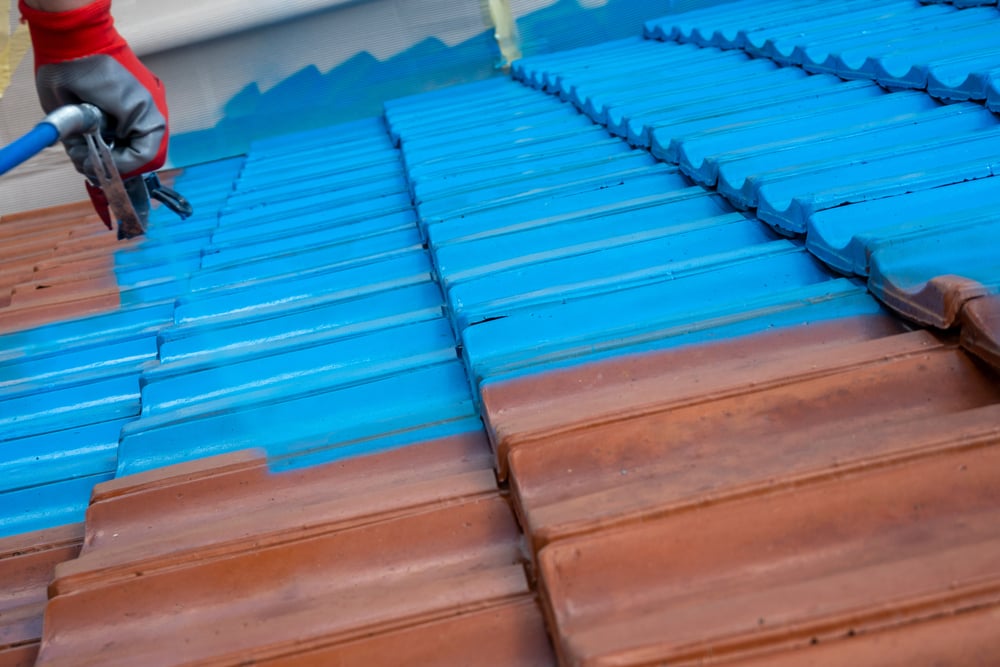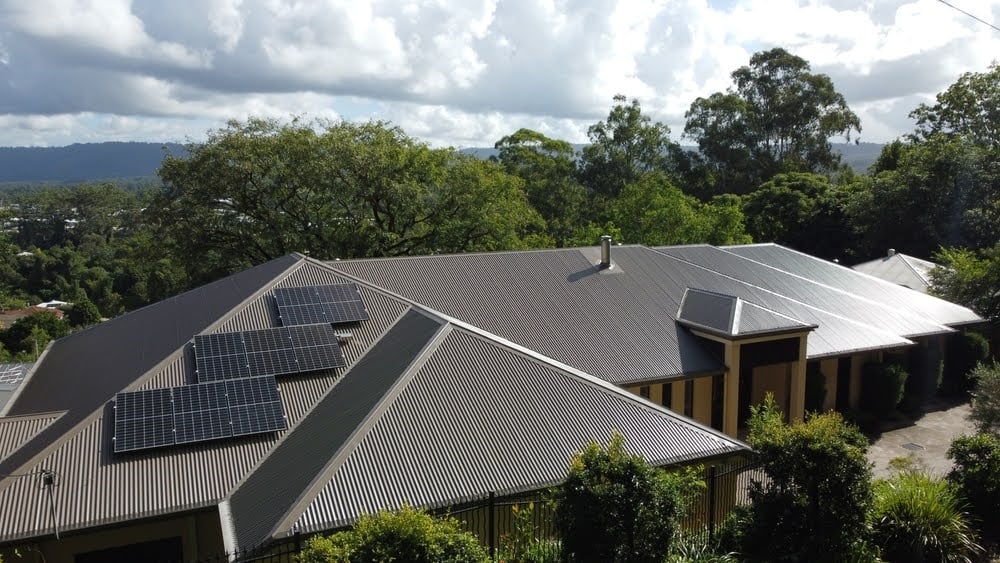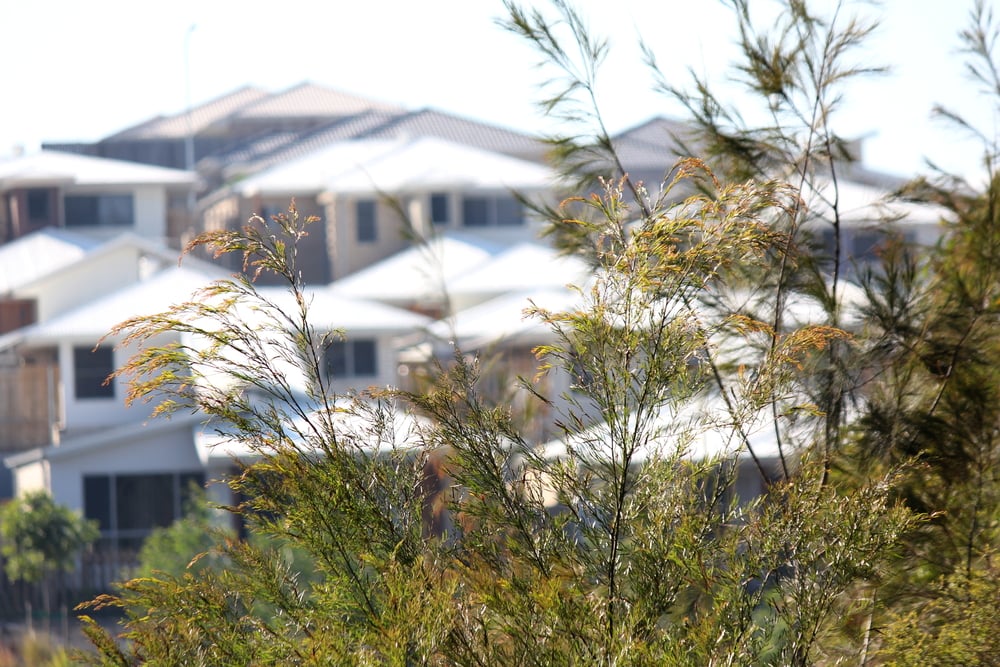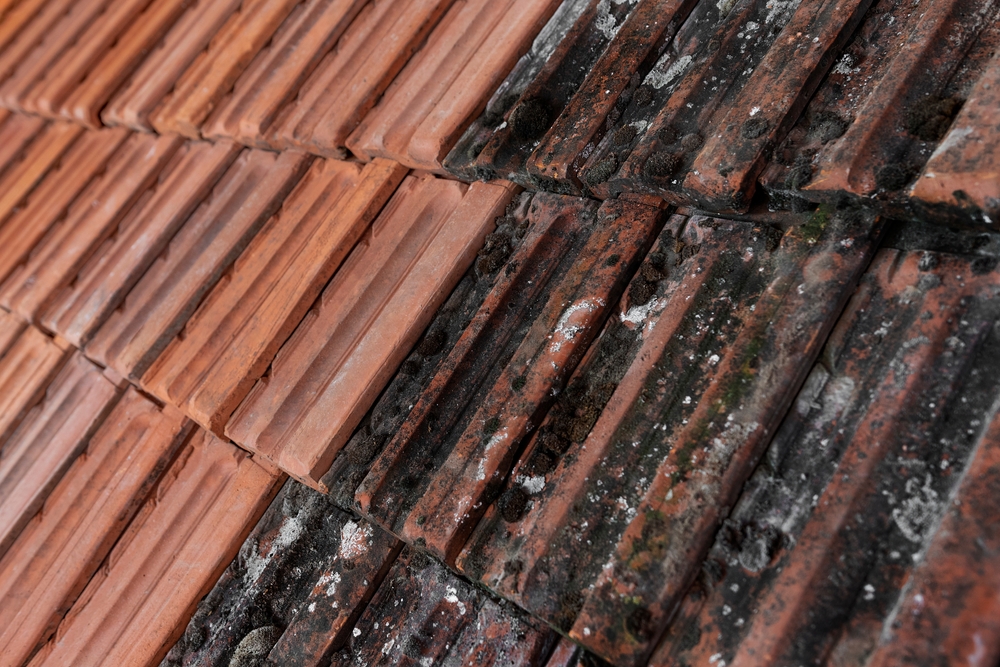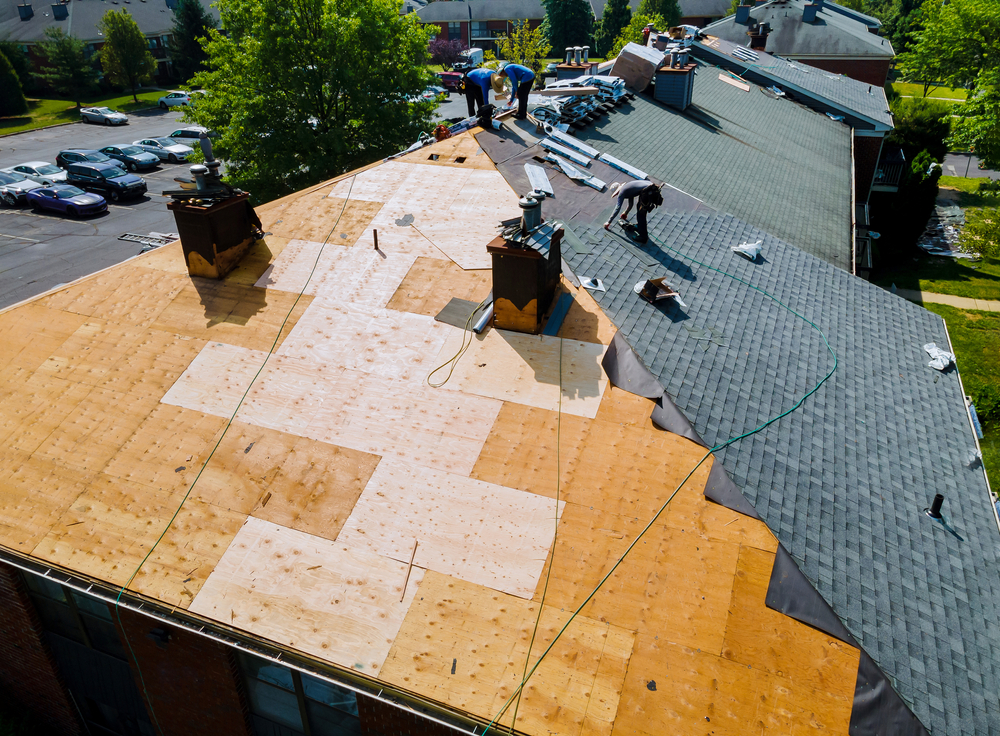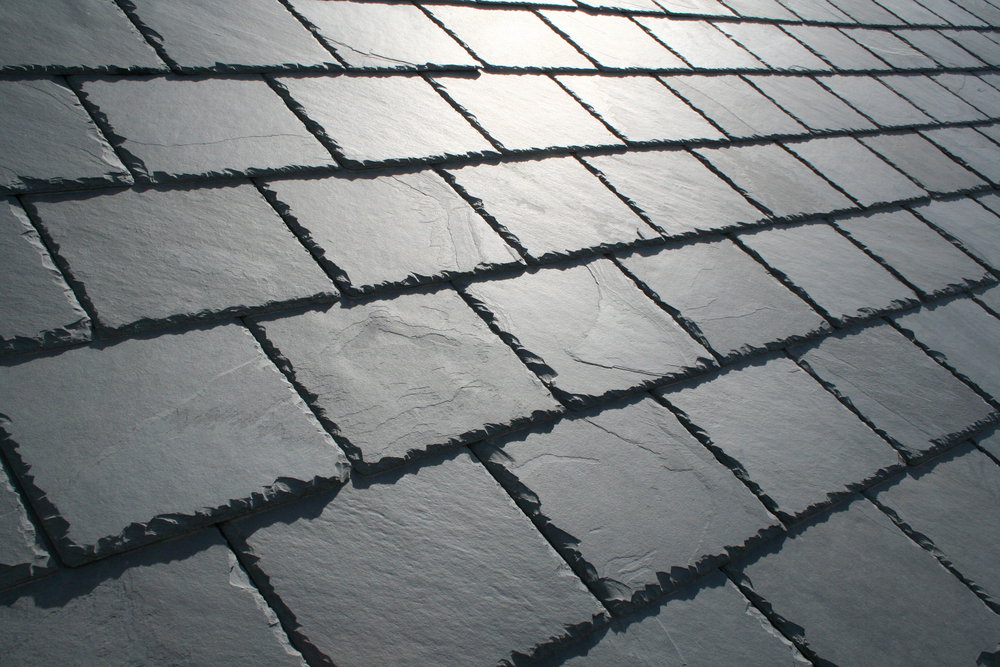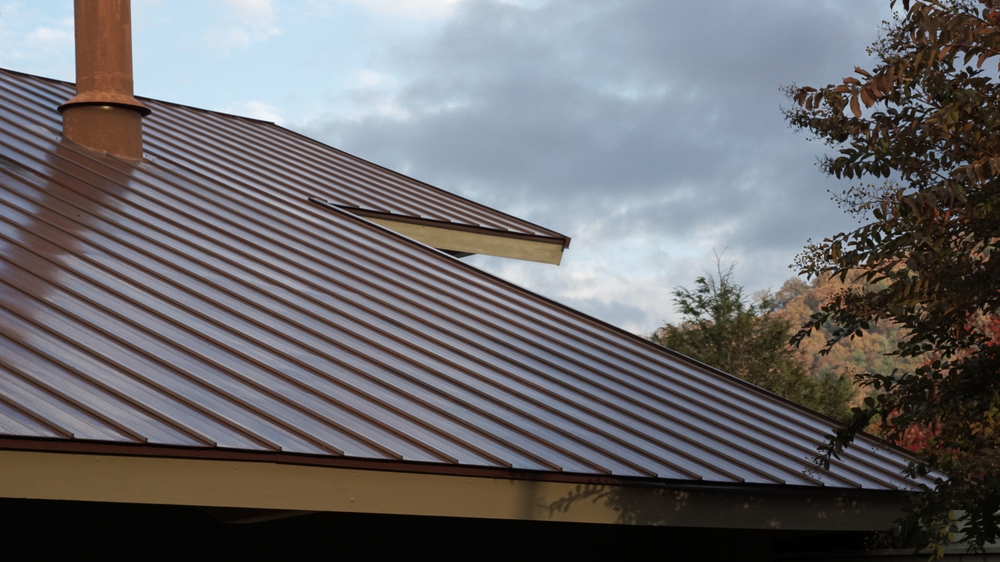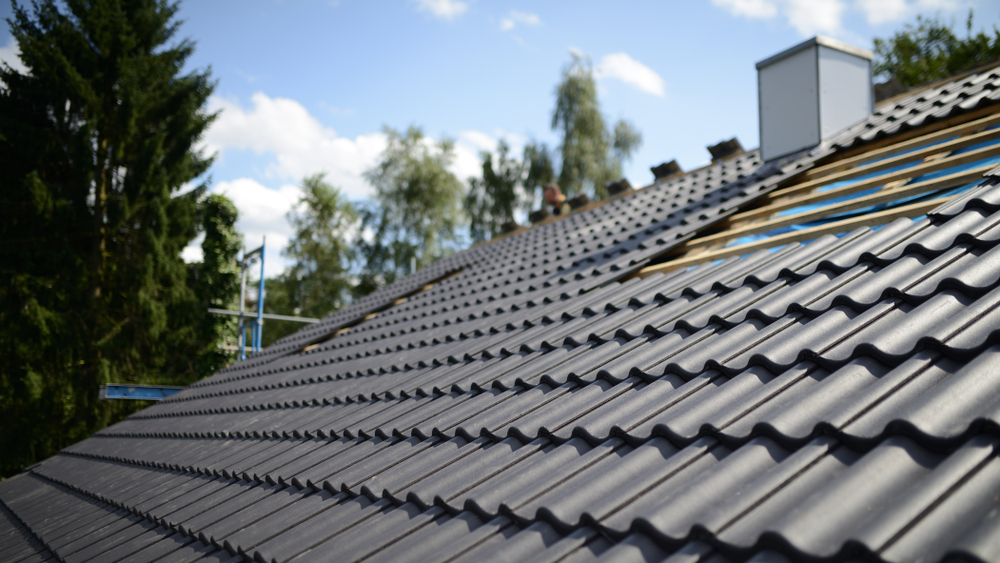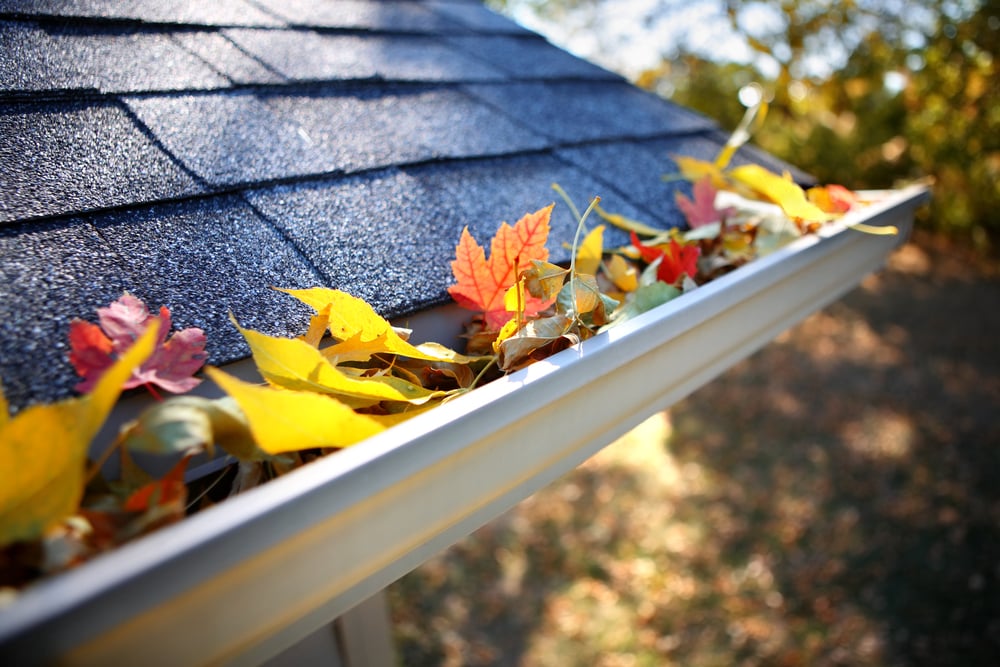
Jul
Australian Raingardens
A sustainable landscaping trend that can be observed all over the country is the installation of raingardens, in this post, we take a closer look at them and how your property can benefit from having one.
What are Raingardens?
Similar to green roofs, raingardens manage storm water, however instead of actually on the roof, they’re based on the ground level. They not only save tap water used in irrigation, but they can look great too.
A raingarden needs a catchment (usually a roof) but they’re also used to collect water from several types of hard surfaces. The bigger the catchment, the bigger the raingarden needs to be. Unless planted with vegetables, raingardens don’t need a lot of maintenance, which lends to their appeal. They’re self-watering, in that they need little or no irrigation to supplement stormwater. Usually all you need to do is keep the raingarden tidy (remove weeds and so on) and keep an eye on plumping to make sure it’s not blocked and running smoothly.
A raingarden could make sense on your property if it is exposed to water runoff from downspouts, roofs, driveways and other routes by which year-round storm waters drain.
What isn’t a raingarden?
It’s NOT just a hole in the ground. Not only can rain garden plants be attractive to look at, but the deep root of rain garden plants act like drain pipes that move water into the ground when the rain garden fills up after a storm. As water moves through the soil,, pollutants and nutrients washed in with the stormwater are filtered out, cleaning the water as its way into the ground. Raingardens collect water, nutrients and carbon every time it rains, all the ingredients you need to make happy plants. In hot, dry summers a raingarden with deep rooted plants can maintain soil moisture and keep plants alive longer than most other habitats, often without any extra irrigation!What are the benefits in have one?
- You get a relatively low maintenance garden that is also good for local waterways.
- Absorbing runoff. Rain gardens soak up rainwater, slowly soaking it into the ground and keeping it from bombarding storm drains and potentially causing floods.
- By collecting that clean rainwater in your rain garden’s shallow depression you will make a contribution to preserving and conserving rainwater. Instead of sending clean rainwater to the sewer the water can then be soaked into the ground and possibly even help to recharge local groundwater systems.
- Raingardens help to divert pollutants such as fertilizer into lakes and streams.
- Raingardens full of beautiful native plant can attract nearby wildlife, such as birds and butterflies, to your backyard. - one thing to note is that a rain garden shouldn’t hold standing water long enough for mosquitoes to breed in it.
- Choosing native plants to fill your rain garden can make you property more beautiful - as well as greener.
- Sustainability and urban enhancement
- Enhance sidewalk appeal!
Tips to adding a raingarden to your house:
- When choosing a site to build your raingarden, decide where the raingarden will filter stormwater from such as a downpipe. The area should receive water regularly from its source during a rainstorm. Be sure to choose a site that is at least 3 metres away from building foundations and septic systems to avoid stormwater from draining into those areas.
- Pick trees and plants that will grow properly in the area. Select those that will also add beauty whilst being able to thrive in wet soils.
- Once you’ve chosen the plants for your raingarden you can start to prep them for planting. Space shrubs out and use mulch that won’t drift away.
- If a grassy lawn is growing at the site of your water catchment area, you must remove the sod and roots from the area to be planted. If the soil is heavily compacted (e.g., by heavy construction equipment or foot traffic), then you should loosen the top foot of soil with a digging fork before adding the mulch.
- After you have prepared the water catchment area and the space to be planted, flood it with a hose or watch it during a heavy rain to see if you want to adjust the grade to better pool the water. This will also give you a chance to see where it spills over.
- Determine the amount of sun that your site receives by watching it throughout the day. This will help you choose the correct species to plant. There are wonderful natives for full sun, part shade, and full shade. Once you have determined the amount of sunlight at your site, choose the species that appeal to you.










